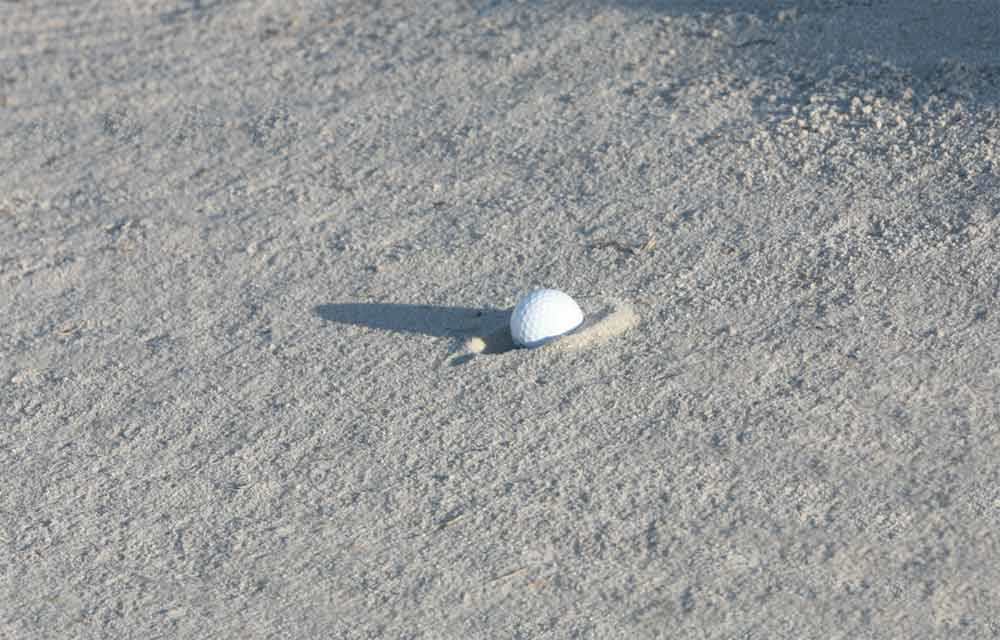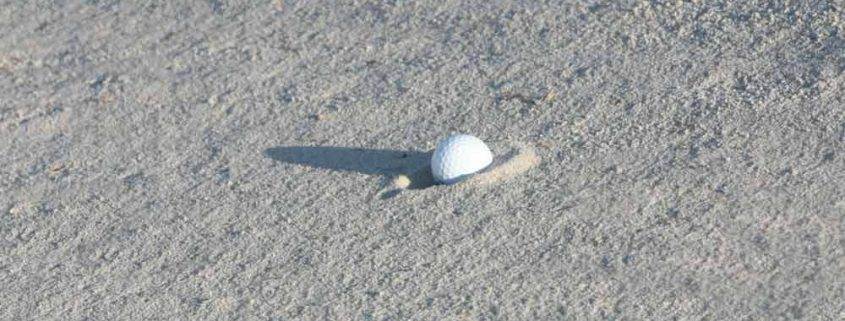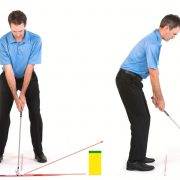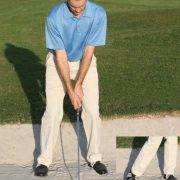Bunker Shots – Buried Lies and Situations

Obviously, not every bunker shot is the same. There will certainly be times when we need to deviate from our standard bunker set up in order to have the best chance for success.
The first thing we need to do is evaluate our circumstances including the lie of the ball, sand conditions, and how high or far we need the ball to travel. The most important consideration will be evaluating whether we need the club to dig down into the sand, or if we need the club to slide along the surface of the sand.
Our greenside bunker technique article talks more about managing bounce, but this is generally accomplished by rotating the handle of the club in your hands and opening the club face at setup. Typically if the ball is sitting down, in a buried lie, a fried egg, or just in very firm sand conditions, we’ll want to set up with less bounce, encouraging more digging than sliding.
Priority number one in these tough situations is to ensure that the club’s leading edge gets down under the ball, allowing the club to lift the ball up and out of the sand. We’ll hold the club more squarely to the target line, move the ball slightly back in our stance from what is normal, and consider more of a descending angle of attack. Shots struck this way will generally come out lower and tend to run out more when they hit the ground.
Conversely, if the ball is sitting up, in softer sand conditions, we will want to lay the club open and set up with much more bounce. In this case, we would lay the club face open, perhaps move the ball slightly forward in our stance from normal, and consider a shallower, descending angle of attack. These shots tend to come out higher and land softer. Experiment with different lies and conditions in your practice to learn how these setup variations will affect your results
In summary, as bunker conditions and circumstances change, we’ll need to vary our setup and swing from the norm. We first assess our lie and consider whether we’ll need the club to dig into the sand or to slide across the sand. We need to ensure that the clubs leading-edge gets under the ball, but not so much that the club get stuck in the sand. Test yourself with all sorts of different lies and conditions in your practice, which will help you better handle a variety of circumstances on the course.









